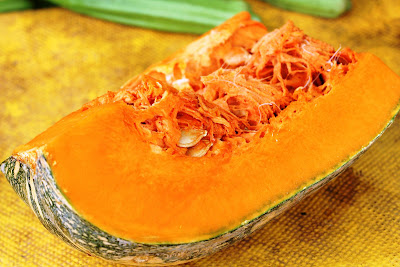I stopped by the side of the road on Friday to take these shots because I think our roadside fruit merchandising is unique to Trinidad. All fruit vendors take pride in displaying their wares.
Okay I must interrupt this blog because it's now 9.34pm on Sunday night and we've just had a pretty strong earthquake. I suppose we'll hear what strength it was tomorrow. It was quite impressive and it reminds me always that here in the Caribbean we live on fault lines and Trinidad was once part of South America (Venezeula is just 7 miles away). Unlike hurricanes, these give no warning. A distant rumbling and the ground begins to shake.
So then, back to the fruit, excitement over! The chennette or guineppe (spelling?) is in the foreground. These little fruit have a sweet, jelly like pulp that clings tenaciously to the round, hard seed in the centre. The fruit is delicious but takes some work to get off the seed. You split the skin with your teeth, pop the seed into your mouth and roll around until you've got it all. The problem with chennette is that it's a favourite of school children and it is the easiest thing to choke on. The hard seed is the perfect size to slip down the back of the throat and lodge in the airway. It was actually banned on the paediatric ward in the hospitals here as parents used to bring to the bedridden children as a treat and this was the last thing that the poor overworked doctors and nurses needed. So no more chennette. Surprisingly, it stains quite badly. I love it and eat lots of it because as we say in Trinidad, it's very more-ish! Once again I'm mixing up my posts, these shots are from St Kitts. I think windows and doors are some of the most interesting architectural details of Caribbean buildings. There are the ubiquitous demerara (will have to check that spelling!) windows, the recessed windows of the cut stone Georgian houses, shuttered windows and the louvred doors that are found throughout the area. Some of the most beautiful buildings that I have seen were in Guyana. Wear and tear and the fact that many of the structures built in the 1800s were wooden meant that many have been lost to fire and weather. Luckily in many of the smaller islands, the Georgian style stone houses have been well preserved and give an excellent idea of the architecture of the era.
Once again I'm mixing up my posts, these shots are from St Kitts. I think windows and doors are some of the most interesting architectural details of Caribbean buildings. There are the ubiquitous demerara (will have to check that spelling!) windows, the recessed windows of the cut stone Georgian houses, shuttered windows and the louvred doors that are found throughout the area. Some of the most beautiful buildings that I have seen were in Guyana. Wear and tear and the fact that many of the structures built in the 1800s were wooden meant that many have been lost to fire and weather. Luckily in many of the smaller islands, the Georgian style stone houses have been well preserved and give an excellent idea of the architecture of the era. Just another lovely product of the soil. This is the calabaza or West Indian pumpkin. It forms the basis of most of our soups. And it's usually one of the first thing that we feed to our babies once they start taking solid food. It's so versatile that it can fit into almost every meal. I grew lots of it last year on an empty plot of land behind my house and we had quite a bumper crop. But I want to try something new this year, I just haven't decided what yet. Maybe peas? Or sorrel for Christmas?
Just another lovely product of the soil. This is the calabaza or West Indian pumpkin. It forms the basis of most of our soups. And it's usually one of the first thing that we feed to our babies once they start taking solid food. It's so versatile that it can fit into almost every meal. I grew lots of it last year on an empty plot of land behind my house and we had quite a bumper crop. But I want to try something new this year, I just haven't decided what yet. Maybe peas? Or sorrel for Christmas?
Saturday, 14 July 2007
Colours of the Caribbean
Posted by
My Chutney Garden
at
18:37
0
comments
![]()
Subscribe to:
Comments (Atom)







